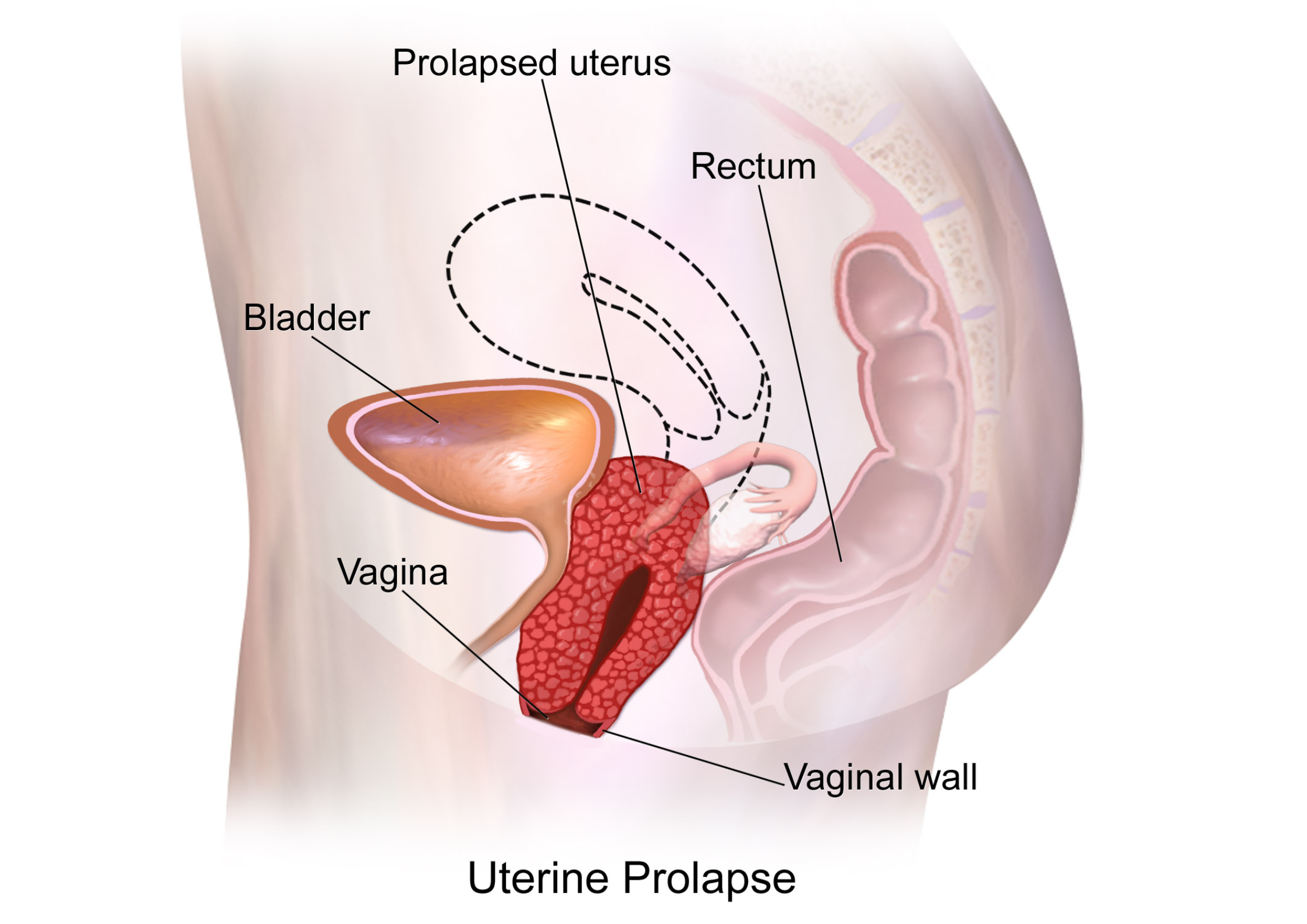We often associate pelvic floor problems with childbirth or aging, but what if we told you that your everyday movements might be quietly undermining those vital muscles?
Even simple actions like standing in line, slumping at your desk, or lifting your laundry basket can slowly wear down your pelvic floor.
Think of it like a trampoline stretched tight, too much weight in the center, too often, and it loses its spring.
Let’s unpack how common motions are adding pressure where it doesn’t belong, and what you can do about it.

1. Standing Too Long: It’s Not Just Your Feet That Hurt
Prolonged standing isn’t just a retail worker’s nightmare, it’s also a quiet culprit behind pelvic heaviness and strain.
When you stand for hours, gravity pushes your internal organs downward.
Your pelvic floor acts like a hammock holding everything up.
The longer you stand, the more that “hammock” has to bear the load, potentially leading to prolapse or pelvic fatigue.
Dr. Alicia Jeffrey-Thomas, pelvic floor physical therapist, explains:
“Standing for extended periods causes your pelvic floor to work overtime just to support your organs. Without strong glutes and core muscles to assist, the pelvic floor takes the hit.”
A study published in the Journal of Occupational and Environmental Medicine found prolonged standing at work was associated with increased reports of pelvic discomfort in women.

For some women, especially those dealing with light bladder leaks during long shifts or errands, switching to breathable leak-proof underwear has offered more than just protection, it’s provided confidence and comfort in moments where uncertainty used to dominate.

2. Sitting: The Silent Squeezer
Ironically, while standing all day weakens the pelvic floor, so does too much sitting.
When we slouch, hello, desk warriors, we tuck our pelvis under, collapsing the natural lumbar curve.
This compresses the pelvic floor like squishing a sponge.
Over time, this posture affects the nerves and muscles needed for bladder control and core strength.
Dr. Susie Gronski, pelvic health physiotherapist, explains:
“Poor sitting posture alters your intra-abdominal pressure and the length-tension relationship of your pelvic floor. It’s not just about sitting, it's about how you sit.”
Research in the Journal of Physical Therapy Science showed that slouched sitting reduces activation of deep abdominal and pelvic floor muscles.

For those who sit for hours at a time, especially postpartum or desk-bound women, a supportive seat cushion like the Posture Support Cushion has been a game-changer.
It helps keep the hips aligned and reduces the downward compression that fatigues the pelvic floor over time.
 3. Lifting: More Than Just a Back Problem
3. Lifting: More Than Just a Back Problem
Whether it’s a toddler, grocery bag, or suitcase, lifting with poor form is one of the fastest ways to overload your pelvic floor.
When you hold your breath and bear down while lifting, also known as the Valsalva maneuver, you push pressure downward.
That means straight onto your pelvic floor.
Multiply this by 20 reps a day (aka: parenting), and you’ve got a recipe for dysfunction.
Dr. Heather Jeffcoat, DPT, warns:
“If you’re lifting and feel pressure in your perineum or a heaviness ‘down there,’ your pelvic floor is signaling distress. It’s trying to compensate for poor mechanics elsewhere.”
The International Urogynecology Journal confirms that heavy lifting and straining can worsen or even cause pelvic organ prolapse, especially in women who are postpartum or menopausal.

Some women have found that when lifting can’t be avoided, supporting the body from the inside out with natural remedies, like bladder control patches, can offer an added layer of ease.
These little helpers don’t replace proper form, but they’ve been known to reduce urgency and frequency flare-ups that can follow a long day of strain.

4. Micro-Habits Add Up: Crossing Legs, Holding Pee, Shallow Breathing
These small, often unconscious habits contribute to chronic pelvic stress:
- Crossing your legs: rotates your pelvis and shifts core alignment
- Holding in urine: stretches bladder muscles and adds pressure
- Shallow chest breathing: limits diaphragm-pelvic floor coordination
“Your pelvic floor doesn’t operate in isolation, it’s part of a whole system. Every breath, step, and clench matters,” says Dr. Sarah Duvall, women’s health expert and founder of Core Exercise Solutions.

5. So, What Can You Do? Simple Fixes That Support Your Pelvic Floor
Let’s shift from “uh-oh” to “aha.” Here are a few ways to lighten the load on your pelvic floor every day:
- Alternate standing and sitting: Use a sit-stand desk or take mini stretch breaks
- Sit smart: Keep hips above knees, feet flat, spine neutral
- Lift with your legs: Engage your core and exhale on effort
- Breathe deeper: Inhale through your nose, feel your ribs expand outward
- Use pelvic floor exercises mindfully: Not just kegels, think coordinated movement
One randomized study showed that combining core breath with movement training significantly improved pelvic floor symptoms in postpartum women (https://pmc.ncbi.nlm.nih.gov/articles/PMC11877228/).

Conclusion: Your Pelvic Floor Is Always Listening
Like a dependable assistant working quietly behind the scenes, your pelvic floor supports everything from posture to pee control.
It doesn’t ask for much, just a little respect and better habits.
So the next time you lift a bag, stand in line, or settle into your chair, ask yourself: “Am I helping or hurting my foundation?”
It only takes a few small shifts to protect those muscles for the long haul.



Share:
Nighttime Routines That Help Women Who Wake Up to Pee Multiple Times